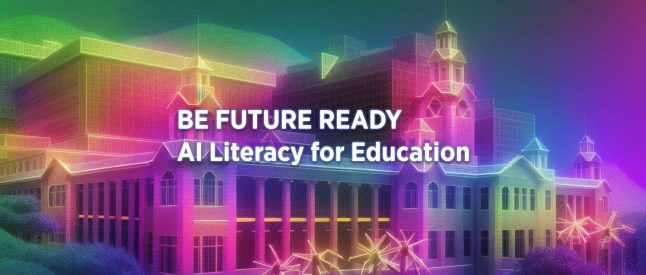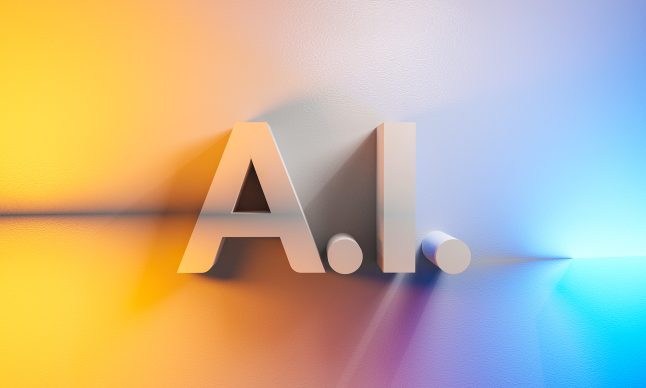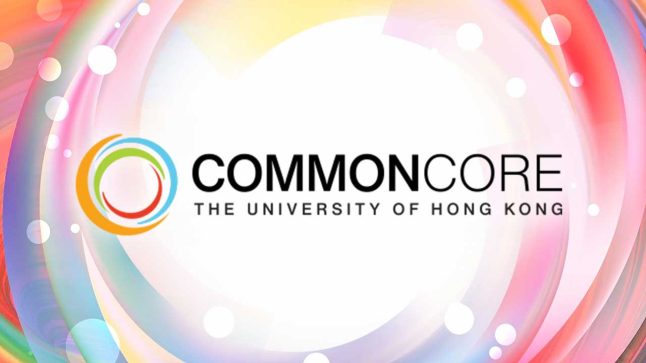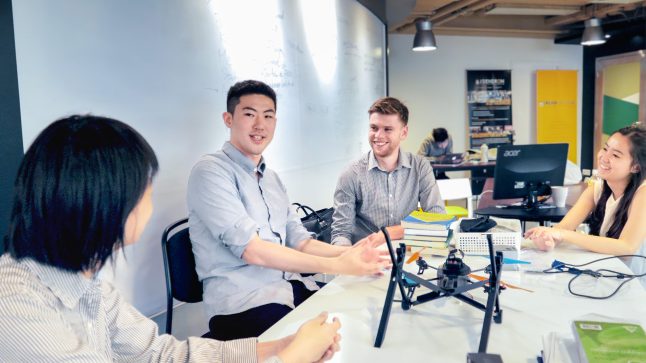
Mr. Chaak Ming Lau is a Part-time Lecturer at the School of Chinese, The University of Hong Kong. Lau specializes in computational linguistics and is the developer of the CantoSounds platform.
Gamification is a powerful tool to motivate students to learn. One recent successful example is the CantoSounds project 1 initiated by a team of Cantonese teachers from the School of Chinese. It is a versatile gamification platform for exchange students who often lament that Cantonese is a difficult language to learn. The CantoSounds team reached out a helping hand by providing self-learning online resources and gamifying the learning experience. The CantoSounds platform has been used in CHIN9511 Cantonese as a Foreign Language I and is now open for public access.
Creating a Versatile Gamification Platform for Self-learning
 The CantoSounds platform now has over hundreds of videos and sound samples, as well as interactive learning materials, quizzes, and games, freely accessible online anytime. These materials are designed for self-practising pronunciation and romanisation outside class time, allowing teachers and students to focus on communicative language learning activities in class.
The CantoSounds platform now has over hundreds of videos and sound samples, as well as interactive learning materials, quizzes, and games, freely accessible online anytime. These materials are designed for self-practising pronunciation and romanisation outside class time, allowing teachers and students to focus on communicative language learning activities in class.
The system was rolled out in late January 2016. Through the system, students can watch videos demonstrating the explanatory of initials, finals and tones, click on images to listen to individual words, and do a simple quiz to test their understanding. All these actions give students game points. As they gain more points through progressive learning, they will be promoted to higher levels (from Newbie to Expert!). Learning is further gamified through providing different questions in every quiz quest, with instant feedback.
Creating an online gamification platform is not as difficult as one may think. The platform was built on WordPress with leveraging third-party plugins. For instance, CantoSounds used MyCred for the point system and WP-Pro Quiz for quizzes. A simple mini-game was embedded from the Quizlet flashcard platform. Less tech-savvy teachers can also update online content using WordPress’ ready-made editor backend.
Providing Extra Incentives via Gamifying the Learning Process
The team tested the platform with students in the course. In order to give extra incentives to students, 1% of the participation score of the course was allocated to the game platform. One mark will be assigned to students if they reach the highest rank (Expert, 1000 points) on the platform. Usually a mere 1% score cannot really motivate students, but the combination of course incentive plus gaming elements did a wonderful job in motivating students to hit the highest rank – Out of the 66 students who signed up, an amazing number of students (20) reached the Expert rank. This shows that students were attracted to use the system. With gamification, we can provide students with an engaging and “sticky” learning experience. This, we believe, is the power of gamification.

Gamification is a powerful tool to reshape students’ learning experience and maximize learning outcome. It is not only useful in facilitating language teaching, but can also be used in other courses. If you are looking for ways to motivate students to learn, gamification may be one way to try out.
References
- Barata, G., Gama, S., Jorge, J., & Gonçalves, D. (2013, October). Improving participation and learning with gamification. In Proceedings of the First International Conference on gameful design, research, and applications (pp. 10-17). ACM.
- Conquering the 4Cs: Creating Engaging In-class Activities
https://tl.hku.hk/2016/03/conquering-the-4cs-creating-engaging-in-class-activities/ - DomíNguez, A., Saenz-De-Navarrete, J., De-Marcos, L., FernáNdez-Sanz, L., PagéS, C., & MartíNez-HerráIz, J. J. (2013). Gamifying learning experiences: Practical implications and outcomes. Computers & Education, 63, 380-392.
- Kapp, K. M. (2012). The gamification of learning and instruction: game-based methods and strategies for training and education. John Wiley & Sons.
- MOOC: Gamification https://www.coursera.org/learn/gamification








